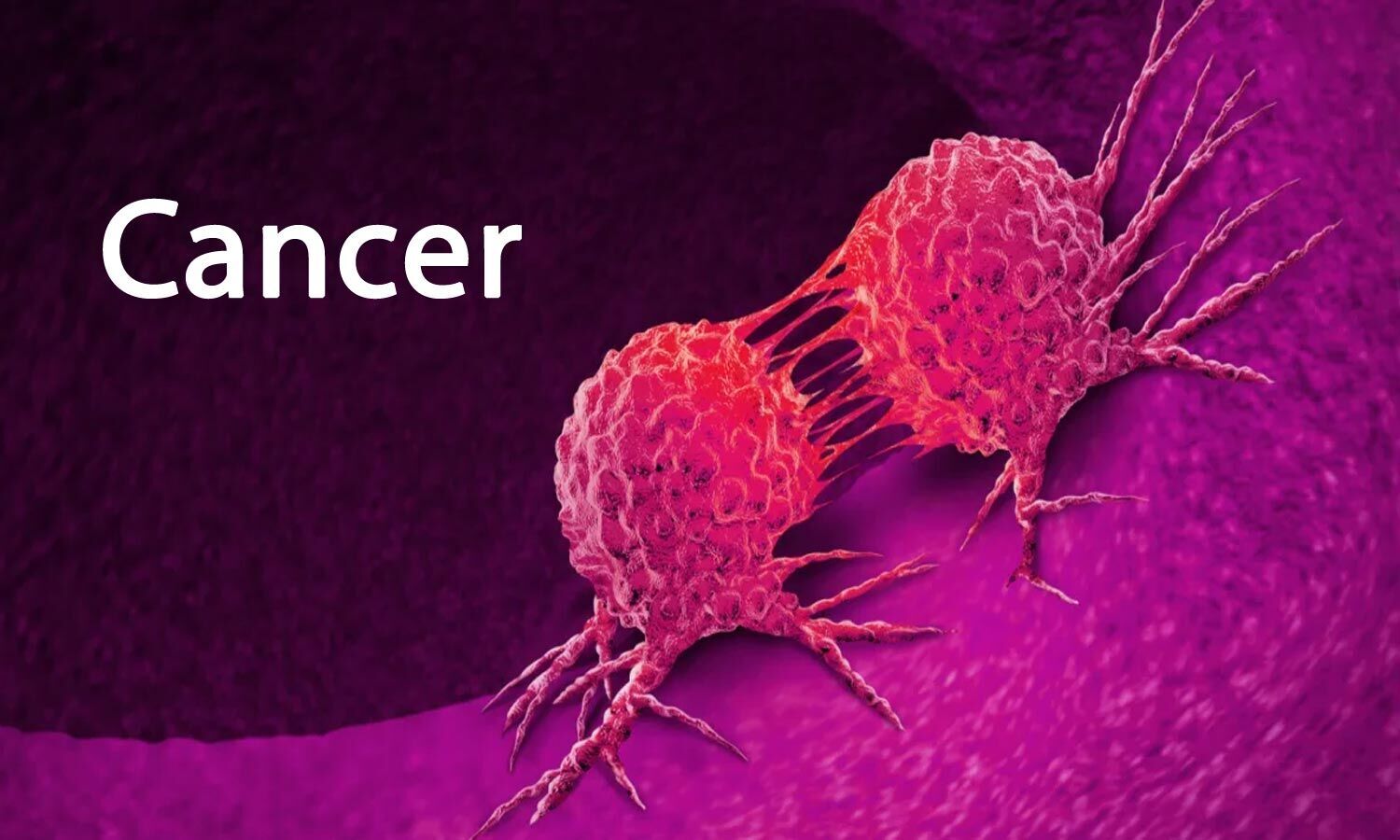Cancer detection is an evolving frontier in the realm of medical diagnostics, wherein the collaboration of various scientific disciplines accelerates the journey toward effective treatment and management. As the landscape of technology and medicine conjoins, the pivotal role of physics in cancer diagnosis emerges prominently. How can the principles of physics enhance our understanding and detection of cancerous lesions? This question introduces a significant challenge for researchers, tapping into the complexities of disease localization, image acquisition, and patient management.
Throughout history, physics has contributed immensely to advancements in diagnostic imaging, leading to techniques such as X-rays, computed tomography (CT), and magnetic resonance imaging (MRI). These venerable modalities leverage the principles of electromagnetic radiation and atomic properties to visualize slices of the human body, allowing healthcare professionals to identify anomalies indicative of malignancy. However, as cancer presents a multifaceted challenge due to its heterogeneous nature, the necessity of innovative approaches becomes ever more pressing.
At the forefront of this technological marriage lies the realm of medical imaging. Advanced imaging techniques have proliferated thanks to improved algorithms that benefit from physics-based modeling. For instance, positron emission tomography (PET) employs the principles of particle physics to provide functional images of metabolic processes in tissues, which is particularly beneficial in oncology. By detecting radioactive tracers infused into the patient’s bloodstream, PET can elucidate areas with heightened glucose metabolism, a hallmark of cancerous growth. Despite these advances, the inherent limitations of spatial resolution and temporal dynamics continue to haunt the medical imaging landscape.
This leads to the exploration of hybrid imaging techniques, such as PET/CT and PET/MRI, which are revolutionizing cancer diagnostics. These integrative methods enable simultaneous acquisition of anatomical and metabolic data, thus enhancing diagnostic accuracy and clinical decision-making. In a world where each second counts, especially in oncology, combining modalities provides a comprehensive overview of the disease state, allowing for timely intervention.
While the alliance of physics and imaging continues to evolve, so does the realm of biomolecular diagnostics. The laws governing quantum mechanics pave the way for groundbreaking methodologies such as quantum dots and nano-particle-based sensors. These advanced materials are engineered at the nanoscale for heightened sensitivity to particular biomarkers associated with cancer. They offer the tantalizing prospect of enabling early detection by identifying cancerous cells even before symptoms manifest.
Moreover, biophotonics—a fusion of biology and photonics—represents a burgeoning field wherein light is utilized to diagnose cancer at the cellular level. Techniques such as fluorescence microscopy and optical coherence tomography (OCT) allow for real-time imaging of biological tissues. These approaches capitalize on the scattering and absorption properties of tissues, illuminating hidden tumorous formations that might otherwise remain undetected. The precise delineation achieved through these methods poses an exhilarating challenge: Can biophotonics provide a standardized protocol for seamless integration into customary diagnostic pathways?
However, the amalgamation of physics with cancer detection is not without its conundrums. As diagnostic technology advances, so too does the complexity of interpreting vast swathes of data generated by high-resolution imaging and biomolecular testing. The integration of artificial intelligence (AI) and machine learning algorithms into these fields presents a thrilling opportunity to enhance diagnostic accuracy while also posing significant challenges regarding data management and the potential for biases in algorithmic decision-making. The delicate balance between human oversight and automated systems grows increasingly tenuous.
Additionally, as diagnostic speed increases, it concurrently raises ethical considerations surrounding overdiagnosis. The faster identification of disease risk does not necessarily correlate with better outcomes. Thus arises another dilemma: how should medical practitioners navigate the thin line between aggressive diagnostic strategies and the provision of patient-centered care? This leaves us pondering: at what point does the pursuit of speed compromise the depth and quality of patient care?
In the pursuit of expediting cancer diagnostics through physics, the implications extend far beyond the clinical realm. Public health initiatives and education about screenings and preventive measures gain newfound significance. Collaborating with statisticians and epidemiologists, physicists can help unravel broader epidemiological trends and guide health policies aimed at reducing cancer incidence through timely interventions.
As we embark on this odyssey toward faster cancer detection, it is crucial to recognize the interdisciplinary nature of modern medicine. By fostering collaboration among physicists, engineers, medical professionals, and data scientists, we can innovate not just within the confines of technology but also in the architecture of holistic healthcare delivery. Balancing speed with accuracy, and effectiveness with ethical considerations, ensures that we remain vigilant guardians of patient welfare in our quest to harness the undulating waves of physics for the noble cause of cancer detection.
The horizon of cancer diagnostics glimmers with potential, driven by the union of physics and clinical care. The enigma remains: how can we transform existing paradigms into actionable, equitable health solutions? Addressing this question may very well define the next chapter in the ongoing battle against cancer.












